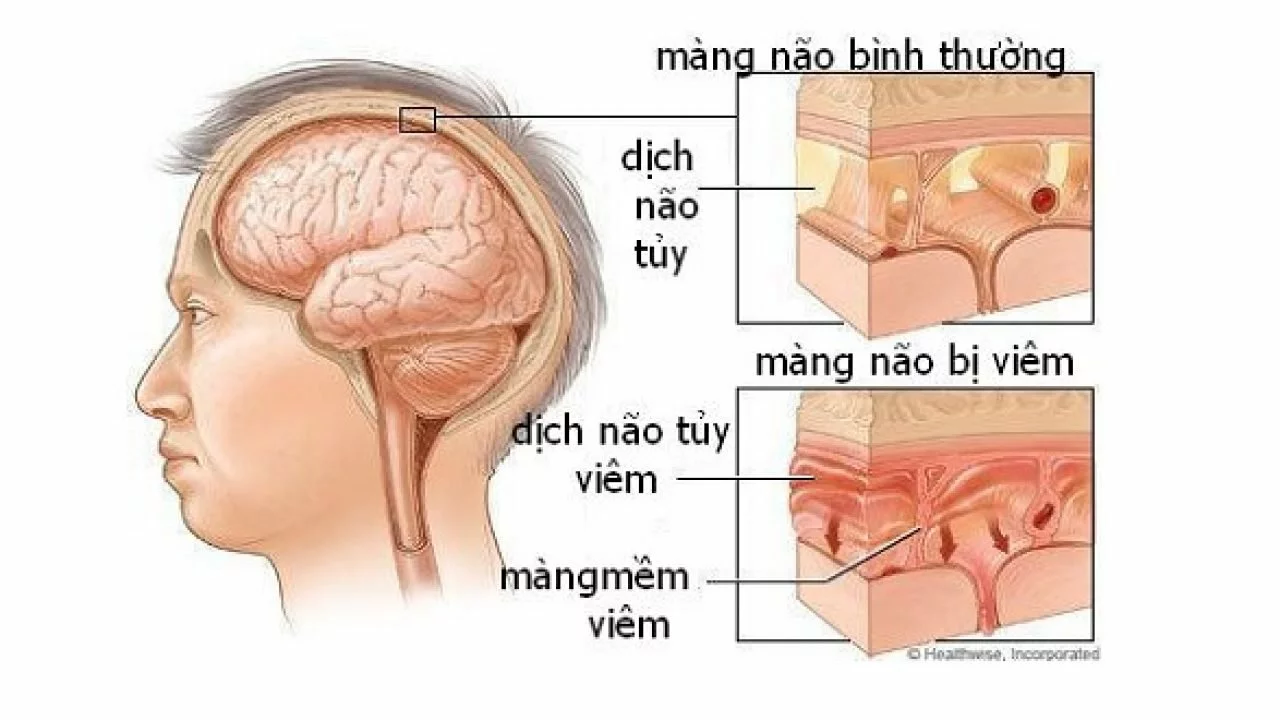Shingles: What You Need to Know
Shingles is a painful, blistering skin rash caused by reactivation of the chickenpox virus. Ever had a burning or tingling patch that then turned into a stripe of blisters? That's often shingles. It can be short-lived for some people and seriously long-lasting for others, especially when nerves stay sensitive after the rash clears.
Symptoms & Diagnosis
Typical signs start with pain, itching, or tingling on one side of the body, followed within a few days by red patches and clusters of fluid-filled blisters. Fever, headache, and sensitivity to light sometimes appear. When the rash involves the eye, you'll notice redness, blurred vision, or eye pain—get urgent care. Doctors usually diagnose shingles by the look of the rash, but they can confirm with a swab or blood test when needed.
Risk rises with age and lower immunity. People over 50, those on immune-suppressing drugs, or anyone with a weakened immune system face higher chances. Early diagnosis matters because treatments work best when started quickly.
Treatment & Prevention
Antiviral pills—acyclovir, valacyclovir, and famciclovir—reduce pain and shorten the outbreak when taken within 72 hours of the rash appearing. Pain control is also key: over-the-counter painkillers, cool compresses, calamine lotion, and loose clothing help. For severe pain or postherpetic neuralgia (pain that lasts after the rash heals), doctors may prescribe gabapentin, pregabalin, certain antidepressants, or topical lidocaine patches.
Prevention is straightforward: the Shingrix vaccine cuts the risk of shingles and long-term nerve pain dramatically. It's a two-dose vaccine recommended for adults 50 and older and for some younger people with weak immunity—ask your doctor. Common vaccine side effects are arm soreness, fatigue, and mild fever for a day or two.
Keep the rash covered and avoid contact with pregnant women, newborns, or immunocompromised people until blisters crust over. Good hygiene and handwashing prevent spreading the virus from blisters.
Watch for red flags: if the rash spreads across both sides of the body, affects your eyes, comes with high fever, or you feel confused or very weak, seek medical attention right away. Also see a doctor if pain lingers after the rash clears—early treatment for postherpetic neuralgia works better than late attempts.
On this tag page, you'll find practical articles about symptoms, drug options, safe ways to get treatment, vaccine info, and tips for parents and people with chronic illness. If you're dealing with shingles now, start antivirals fast and reach out to your provider—don’t let nerve pain become a lasting problem.
Some medications change how antivirals work, and conditions like kidney disease mean dose changes—tell your doctor about all drugs you take, including herbal supplements. Pregnant people and breastfeeding parents should not handle open shingles blisters and must talk to their clinician about safe options. Recovery usually takes two to four weeks, but nerve pain can stick around; keeping a pain diary helps your provider tailor treatment. If you need help finding reliable vaccine or antiviral options, our guides on this site explain where to look and what questions to ask.
Stay informed always.

